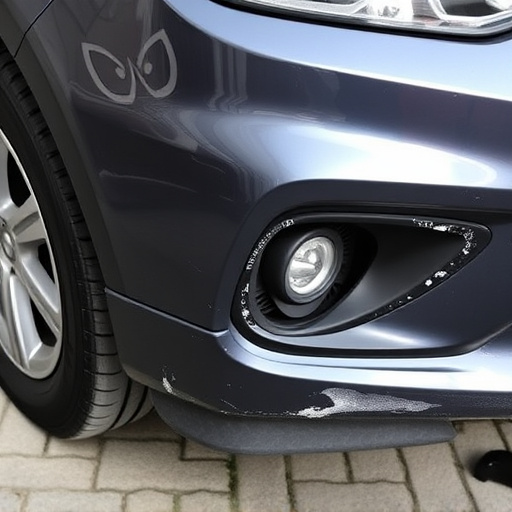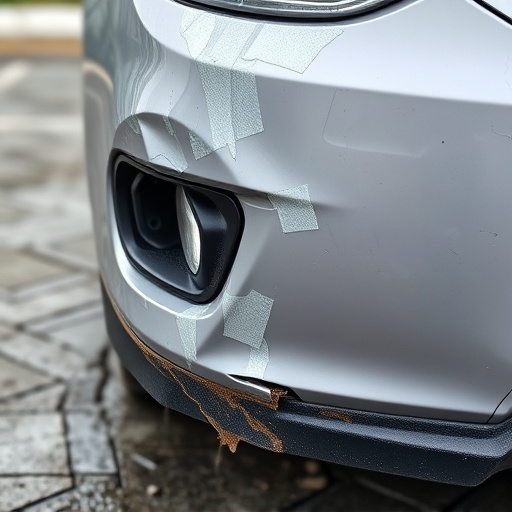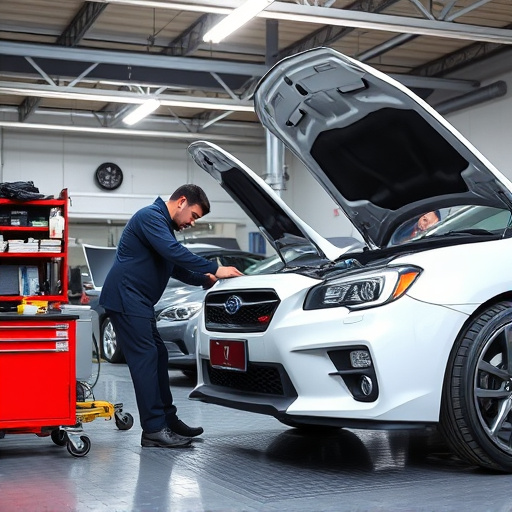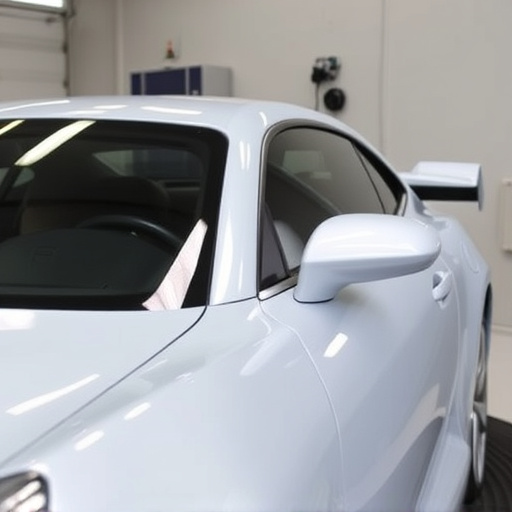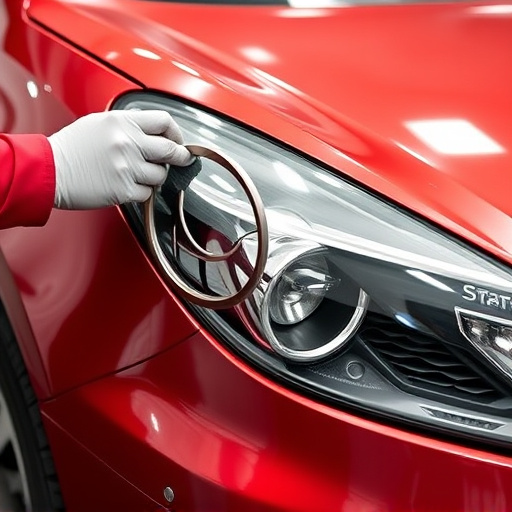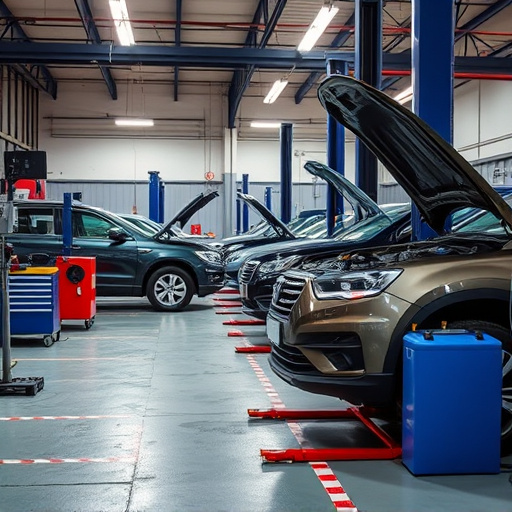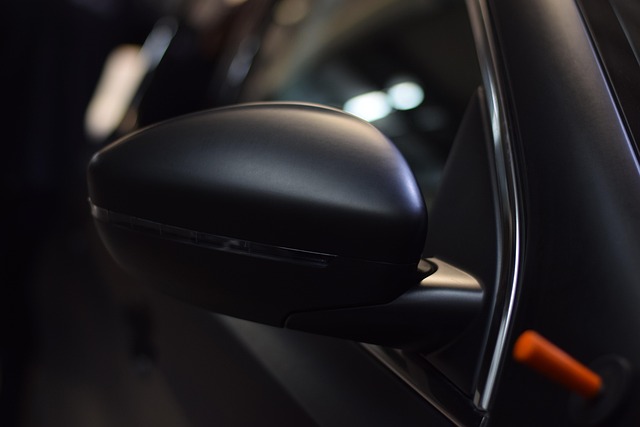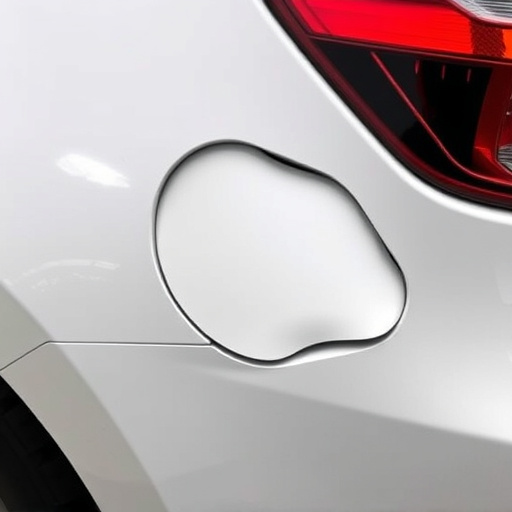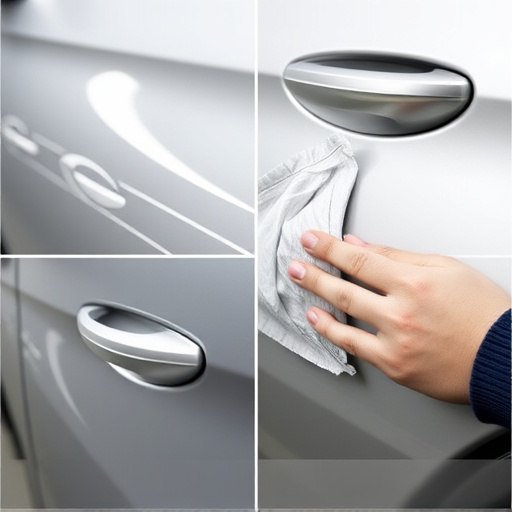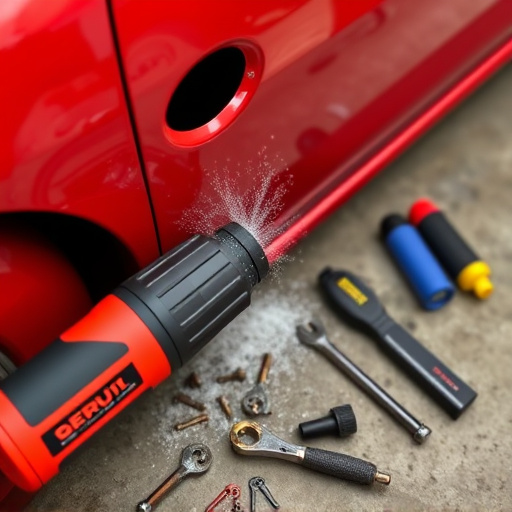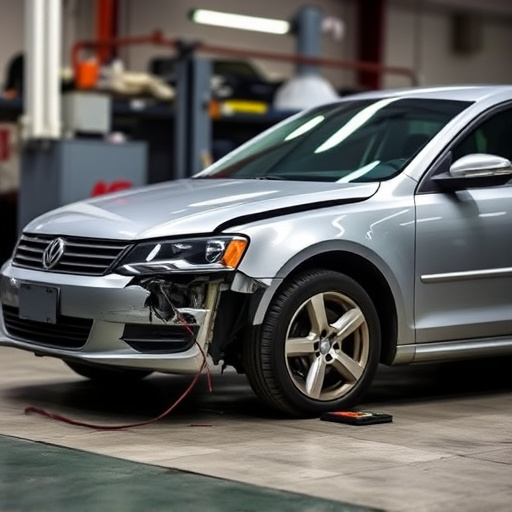After resetting a Tesla's software to factory settings, reconfiguring the Tesla dashcam configuration is essential. This involves personalizing recording modes, storage options, and features like time-lapse video capture and remote access via the Tesla app. By tailoring camera settings, users can ensure optimal monitoring, safety, and privacy while driving.
After a factory reset, your Tesla’s dashcam returns to default settings. This guide explores how to configure your Tesla dashcam effectively. We’ll delve into the basics of Tesla’s integrated camera system, access and navigate camera settings, and customize post-reset configurations. By understanding these steps, you can ensure optimal recording quality, privacy controls, and peace of mind while driving your electric vehicle.
- Understanding Tesla Dashcam Basics
- Accessing and Navigating Camera Settings
- Customizing Post-Reset Configuration Options
Understanding Tesla Dashcam Basics
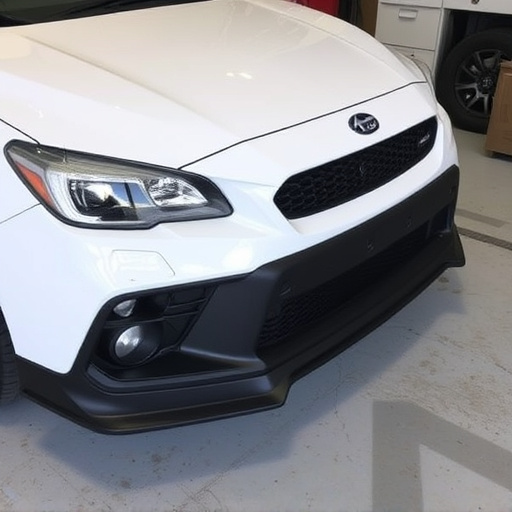
Tesla’s dashboard camera, often referred to as the Tesla Dashcam, is a sophisticated piece of technology designed to capture and record driving experiences. This advanced system offers more than just a typical dashcam; it integrates seamlessly with the vehicle’s infotainment system, providing drivers with a comprehensive view of their surroundings. Understanding its configuration post-factory reset is crucial for maximizing its potential.
After performing a factory reset on your Tesla, reconfiguring the Dashcam settings becomes an essential step in ensuring optimal performance. This process allows you to tailor the camera’s functionality to your specific needs. From adjusting recording parameters to managing storage options, every setting contributes to enhancing the overall driving experience. For instance, enabling features like automatic time-lapse video capture or remote access through the Tesla app adds a layer of convenience and safety, especially when compared to traditional car repair shops’ classic car restoration processes that may not include such modern amenities.
Accessing and Navigating Camera Settings
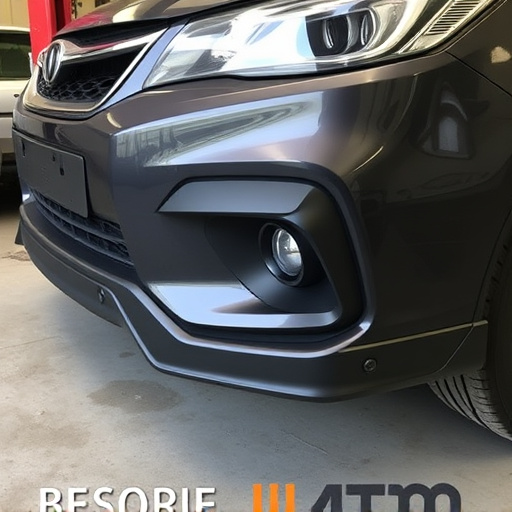
After resetting your Tesla’s software to factory settings, reconfiguring the dashcam is an essential step in ensuring continuous vehicle monitoring. Accessing the camera settings is straightforward; simply navigate to the ‘Camera’ section within the vehicle’s touchscreen menu. Here, you’ll find various options to customize and control the dashcam’s behavior. Adjusting settings such as resolution, recording mode, and event detection can be done with ease.
For a more tailored experience, consider delving into advanced features like scheduling, which allows you to set specific times for camcorder activation. This is particularly useful for those frequenting car repair shops or body shop services, ensuring the dashcam captures any incident that may occur during vehicle service. Remember that Tesla’s intuitive interface makes modifying these settings a simple task, catering to users’ individual needs and preferences.
Customizing Post-Reset Configuration Options
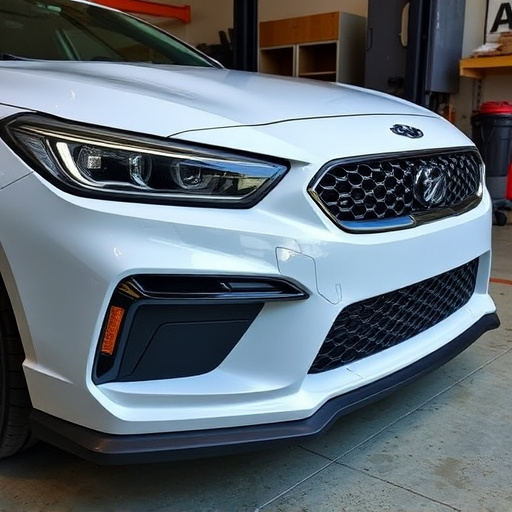
After performing a factory reset on your Tesla, customizing the dashcam configuration becomes an essential step to ensure optimal recording and safety features. The post-reset options allow owners to tailor the settings according to their preferences and driving needs. One key feature is selecting specific camera views, such as choosing between the front, rear, or both cameras, offering a comprehensive surveillance system.
Additionally, users can adjust recording parameters like resolution, frame rate, and storage duration. Customizing these settings enables drivers to balance quality and battery life, especially during long journeys. The Tesla dashcam configuration also includes privacy controls, allowing owners to manage access to recorded footage, ensuring sensitive moments remain secure. These customization options cater to various user scenarios, whether it’s a daily commute or specialized vehicle services like body shop repairs or collision center visits, enhancing the overall driving experience and peace of mind.
After performing a factory reset on your Tesla, reconfiguring the dashcam settings is an essential step to ensure continuous vehicle monitoring. By understanding the basic functionality, accessing the camera settings, and customizing post-reset options, you can tailor the dashcam to your needs. This process empowers owners to maintain a comprehensive record of their drives, enhancing safety and peace of mind. Remember, a well-configured Tesla dashcam is a valuable tool for any vehicle owner.

